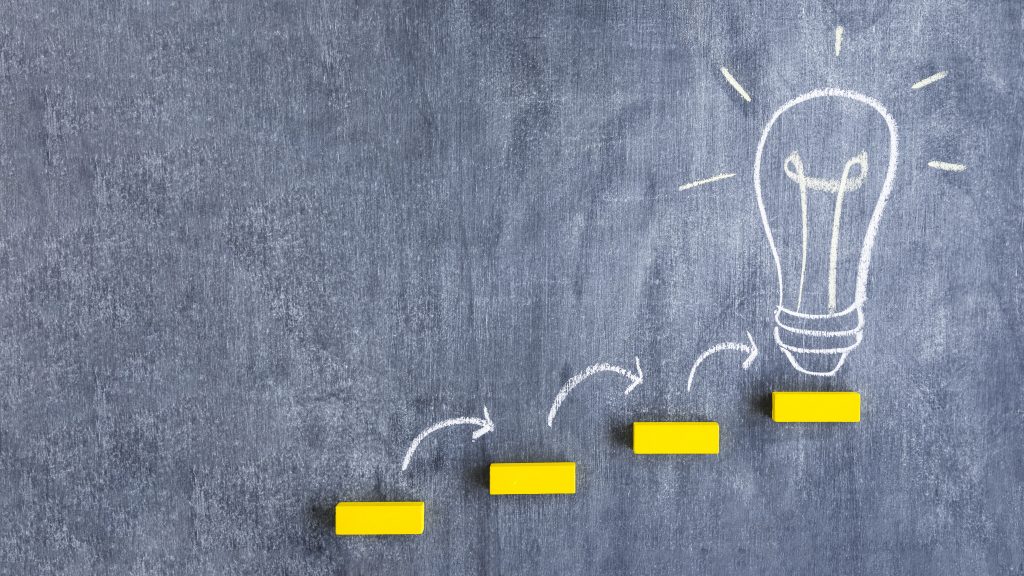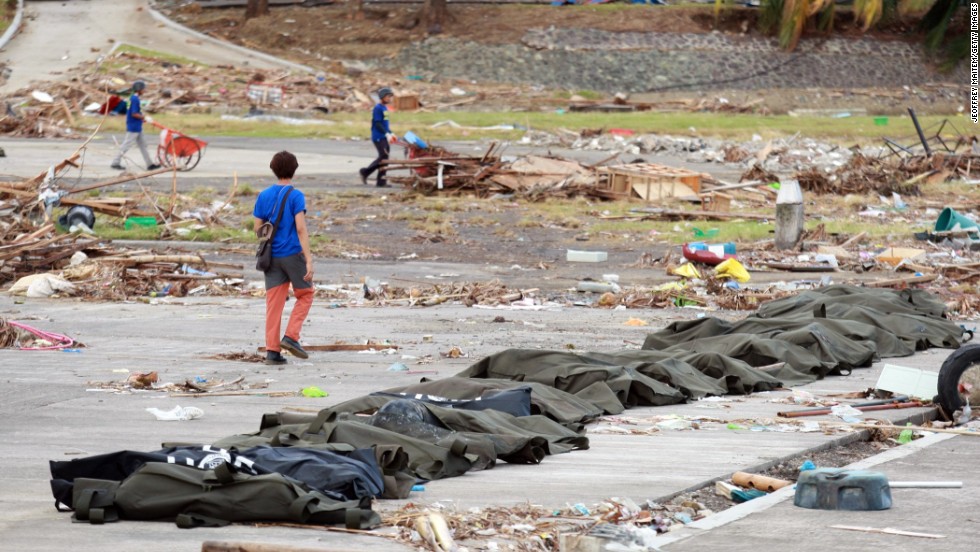The 21st century has seen radical changes and advancements in its early years. Driven mostly by technological innovations and digital revolutions, information technology has evolved beyond imagination and continues to progress in exponential potential. At the core of this phenomenon is a shift in the major resource of economic activity, from land in the agricultural age, capital in the industrial age, and now, knowledge in the knowledge age.

We are currently in the Knowledge Age, a new form of capitalism where knowledge and ideas have become the primary source of economic progress. From a perception of knowledge as an inactive form of asset of ‘know how’ or ‘know what’, it is now valued not for what it is but for what it can do. It is a form of energy that flows outward and inward, enabling things to happen or to facilitate creation. In this sense, knowledge is treated as an invaluable resource especially in an organizational setting where knowledge is required to be in constant use and motion. Harnessing knowledge has been a practical strategy to document knowledge and information for common systematic use such as manuals, guidebooks and policies. This is defined as Knowledge Management where various data and information is managed systematically to achieve organizational objectives.

Ikujiro Nonaka, with the fundamental insight that a company is not a machine but a living organism with a collective sense of identity and purpose, together with Hirotaka Takeuchi developed the Socialization, Externalization, Combination and Integration (SECI) model for knowledge creation process. There are two types of knowledge in an organization: tacit and explicit knowledge. Explicit knowledge is knowledge articulated, expressed, codified and is readily transmitted, while tacit knowledge is described as knowledge not readily expressed or transferred. The knowledge spiral follows the SECI process where in tacit and explicit knowledge share vibrant interactions, crystallizing ideas into standardized concepts and knowledge. This process develops organizational knowledge, enhances efficient processing and interoperability, as well as effective decision making for a high corporate IQ.
Developing a shared vision, shared knowledge and wisdom enables a vast wholeness in moving forward towards attaining the goal of the organization. And this is possible through an active pursuit of knowledge creation, harnessing knowledge from an individual and transforming this idea down to business process improvements and organizational understanding. Stephen Covey, as the famous author of the 7 Habits of Highly Effective People, said that when trust goes up, productivity goes up and costs go down; when trust goes down, productivity goes down and costs go up. Knowledge management is no longer just a nice-to-have; it is now a must-have to improve productivity, to innovate and to stay relevant in a knowledge economy.



